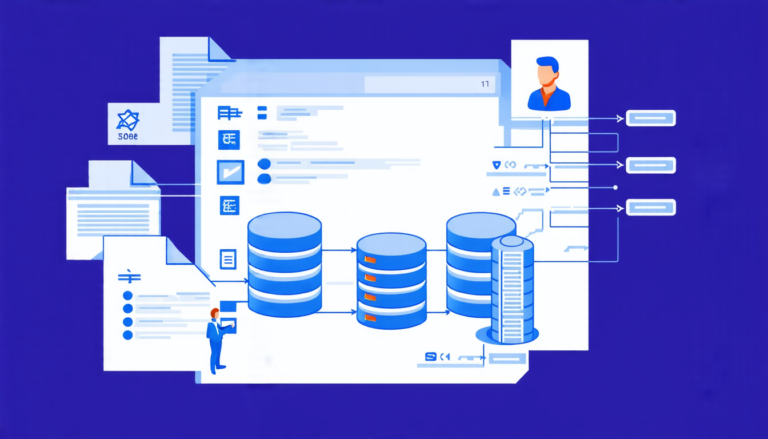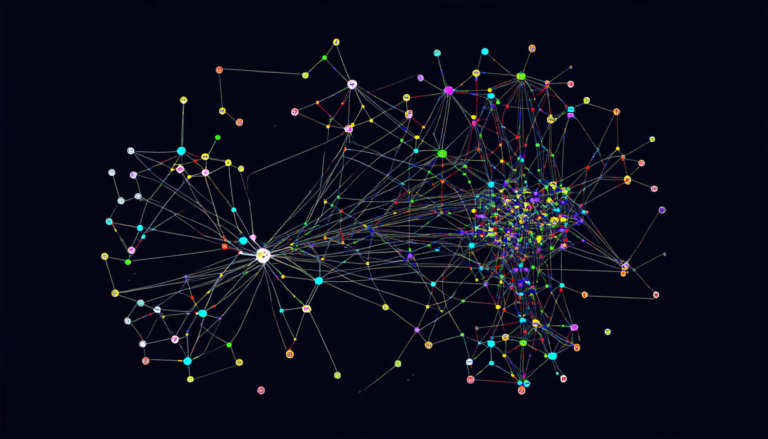Sunday 12 October 2025
Scientists have made a significant breakthrough in understanding how to design distributed computing systems that can operate efficiently and reliably under physical constraints. For years, researchers have been struggling to find a way to balance communication efficiency, memory limits, and scalability in these complex systems.
The team behind this new discovery has developed a unique approach called Self-Describing Parallel Flows (SDPF), which promises to revolutionize the way we design distributed computing architectures. By leveraging the principles of semilattices and idempotence, SDPF enables stateless executors to process flows that carry their own control logic.
At its core, SDPF is a purely data-centric model that allows for efficient communication and processing of data in distributed systems. This is achieved through the use of unique identifiers (rids) and metadata fields that ensure idempotent behavior, meaning that repeated operations have no effect on the system.
The researchers demonstrated that their approach satisfies five essential properties: scalability, communication efficiency, memory bounds, fairness, and convergence. They also proved that any optimal paradigm must converge to a single normal form – SDPF.
One of the key benefits of SDPF is its ability to handle distributed computing under physical constraints. The model takes into account the limitations imposed by hardware and ensures that the system operates within those boundaries. This is particularly important in extreme environments where communication efficiency, memory limits, and scalability are critical factors.
The team’s findings have significant implications for various fields, including network computing, cloud computing, and distributed databases. By applying SDPF principles, developers can create more efficient and reliable systems that can handle complex data processing tasks.
In practical terms, this means that companies can build faster, more scalable, and more resilient computing architectures that are better equipped to handle the demands of modern data-intensive applications.
The researchers’ approach is also Turing-complete, which means it has the capacity to simulate any algorithm or computation process. This opens up new possibilities for exploring complex systems and developing innovative solutions.
In summary, the scientists have made a significant breakthrough in understanding how to design distributed computing systems that can operate efficiently and reliably under physical constraints. The SDPF model offers a unique approach to handling distributed computing by leveraging semilattices and idempotence principles. With its ability to satisfy essential properties and handle complex data processing tasks, this model has the potential to revolutionize the field of distributed computing.
Cite this article: “Revolutionizing Distributed Computing with Self-Describing Parallel Flows”, The Science Archive, 2025.
Distributed Computing, Sdpf, Semilattices, Idempotence, Scalability, Communication Efficiency, Memory Limits, Fairness, Convergence, Turing-Completeness







